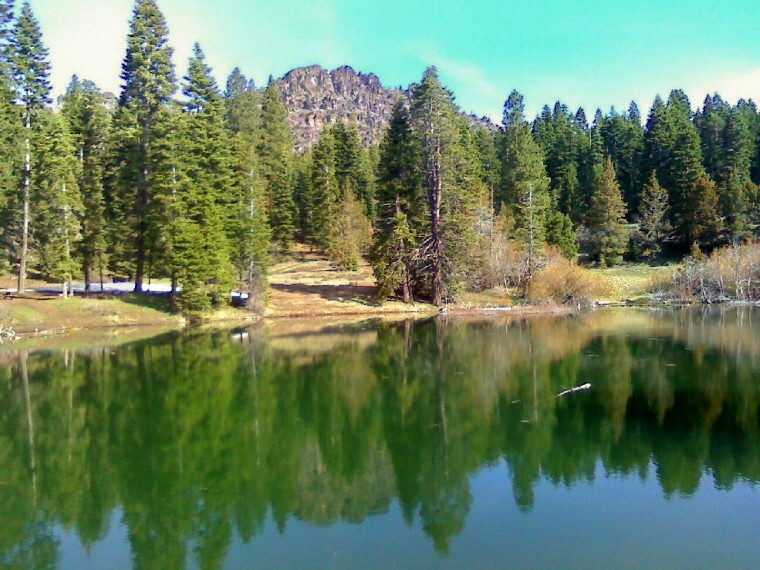May 23, 2019
When it comes to wildfire, where a forest stores its carbon matters. Older, larger trees store more carbon in their wood and leaves than younger, smaller trees—and when they burn, those older trees release more carbon into the atmosphere that is harder to replace.
But in the United States, most forest management policies don’t account for the elevated risk large, hot fires pose to those older trees, researchers from the University of New Mexico, the U.S. Forest Service and the Center for Ecosystem Science and Society (Ecoss) at Northern Arizona University say in a new opinion piece in the Proceedings of the National Academy of Sciences. And climate change—which is increasing the frequency of larger, hotter wildfires—makes it even more critical that governments and forest managers accurately account for how carbon is stored and lost.
In a warmer world, the economic costs associated with wildfires are increasing, writes the team of authors led by Matthew Hurteau of the University of New Mexico and including George Koch (NAU), Malcolm North (U.S. Forest Service) and Bruce Hungate (NAU)—the U.S. federal government has spent more than $7 billion on fire suppression efforts in the three warmest years on record.
But the costs to the climate are rising, too: in the last two decades, wildfires in temperate North America released 167 teragrams of carbon into the atmosphere. The authors call for governments to better factor in those climate, economic and social costs when valuing carbon in fire suppression and management decisions. They reviewed forest management policies used by governments including the United States, Australia, and California and then used publicly available fire data in the LANDFIRE database to evaluate wildfire risk throughout the U.S. and the carbon stores in the forests they threaten.
“Taking the risk of fire into account is so important when considering the carbon costs and benefits of forest management,” Koch said. “Management activities like thinning and low-intensity, prescribed fire release carbon to the atmosphere. But without these activities many dry western forests are more prone to severe fires that emit much more carbon. In such forests, paying upfront carbon costs can actually help reduce the impacts of fire carbon on climate change.”
“The data and research on wildfire and forest management goes back to the ‘70s and ‘80s, and we’ve known that humans have been changing the climate for decades,” Hurteau said. “We could have done something a lot sooner. As humans, we’re really good at dealing with acute problems and not real good with the chronic.”
“How a forest ecosystem stores carbon, and how at-risk that carbon is, really depends on where you are in the world,” Hungate added. “That makes pricing carbon complicated. But we’ve done it for other natural hazards, like floods and earthquakes, and we ought to get it right in forest management, too—especially since forests represent such a giant piece of the global carbon puzzle.”

Kate Petersen | Center for Ecosystem Science and Society



